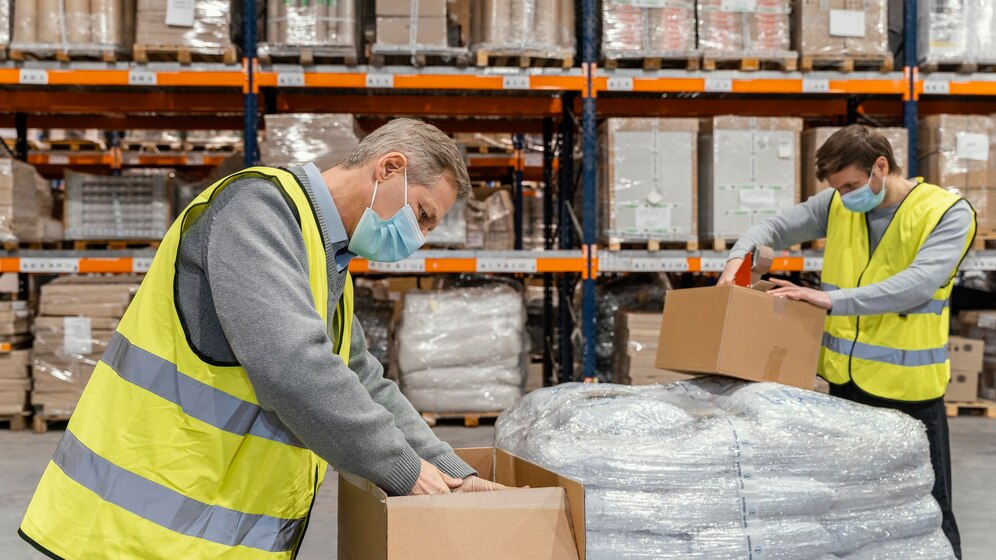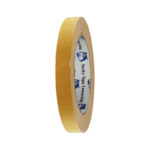In the fast-paced world of shipping, ensuring your products arrive safely at their destination is paramount. However, the journey from warehouse to doorstep is fraught with potential hazards, from rough handling to turbulent transportation conditions. This is where cushioning materials play a crucial role. In this comprehensive guide, we’ll delve into the importance of cushioning in packaging, the purpose it serves, the materials that provide optimal protection, and practical steps to safeguard your items during shipping.
Why is Cushioning Important in Packaging?
Cushioning serves as a vital line of defence against the perils of transit. Without adequate protection, products are susceptible to damage ranging from minor scratches to irreparable breakage. Statistics reveal alarming damage rates incurred by improperly cushioned shipments, underscoring the necessity of robust packaging solutions. By employing cushioning materials, businesses can significantly reduce the risk of in-transit damage, safeguarding both their reputation and bottom line.
What is the Purpose of Cushioning Materials?
Cushioning materials serve multifaceted purposes in packaging, primarily aimed at mitigating the effects of impact, vibration, and pressure. These materials act as a buffer between the product and its external environment, absorbing shocks and vibrations that occur during handling and transportation. Whether it’s fragile glassware or sensitive electronics, proper cushioning ensures that items withstand the rigours of shipping intact, maintaining their pristine condition upon arrival.
What Materials Cushion Impact?
A myriad of materials are employed to cushion impact, each offering unique properties suited to different shipping needs. Among the most common are:
- Bubble Wrap: This lightweight material consists of numerous air-filled bubbles that provide excellent cushioning against impacts and vibrations.
- Foam Inserts: Polyethylene foam tapes, renowned for their versatility and shock-absorbing properties, are frequently used to cushion delicate items.
- Packing Peanuts: These loose-fill materials conform to the shape of the product, offering uniform cushioning and protection against shifting during transit.
- Corrugated Cardboard: While primarily used for structural support, corrugated cardboard also serves as an effective cushioning material when layered appropriately.
How to Protect Items During Shipping?
Effective packaging requires careful consideration of the item’s fragility and the selection of suitable cushioning materials. Follow these steps to ensure secure shipping:
- Assess Fragility: Determine the susceptibility of the item to damage during transit, considering factors such as weight, size, and material composition.
- Choose the Right Cushioning Material: Select a cushioning material that best suits the specific needs of the product, ensuring adequate protection against potential hazards.
- Proper Placement and Amount: Place cushioning material strategically within the package to provide maximum coverage and support to vulnerable areas.
- Secure the Item: Use additional packaging materials such as tape or straps to secure the item firmly in place, preventing movement during transit.
How Do Materials Absorb Impact?
Cushioning materials employ various mechanisms to absorb impact energy, thereby safeguarding the packaged items. Comparative analysis reveals the superior impact absorption capabilities of foam tapes compared to traditional materials, making them an ideal choice for protecting delicate shipments.
Certainly! Here’s a more detailed breakdown of how materials absorb impact.
1- Energy Absorption:
- Cushioning materials absorb kinetic energy generated by impacts during transit.
- This absorption prevents the energy from transferring directly to the packaged item, reducing the risk of damage.
2- Deformation and Compression:
- Upon impact, cushioning materials deform and compress, absorbing the force exerted on the package.
- This deformation spreads the impact energy over a larger area, minimising its effects on the product.
3- Resilient Properties:
- Many cushioning materials possess resilient properties that allow them to return to their original shape after deformation.
- This resilience ensures ongoing protection throughout the shipping process, even after repeated impacts.
4- Air Pocket Distribution:
- Some cushioning materials incorporate air pockets within their structure.
- These air pockets act as additional shock absorbers, dispersing impact energy and reducing its intensity.
5- Vibration Dampening:
- In addition to absorbing impacts, cushioning materials dampen vibrations caused by transportation movements.
- This dampening effect minimises the risk of damage from prolonged exposure to vibration, particularly for fragile items.
Secure Your Shipments with us
For optimal protection during shipping, trust My Tape Store to provide premium cushioning solutions tailored to your specific needs. Browse our extensive range of packaging materials to ensure safe and secure shipping every time.















